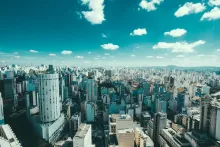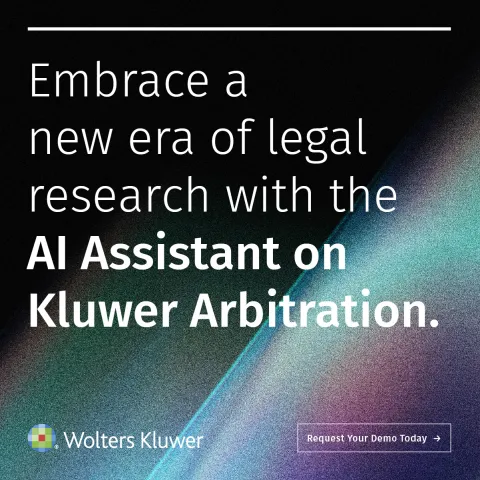Insights from the past
August 9, 2025
“Humanity needs to look backwards in order to move forwards. History has the power to crack through the baseline of our imaginations, opening our minds to the inspiring possibilities of the past that lie buried like some lost treasure.” - Roman Kraznaric
Kraznaric was a presenter at this year’s Chalke History Festival, which was a great opportunity to spend some time reflecting on the past and thinking about what we can apply today. Learning from history is not just about what to avoid, Kraznaric’s book ‘History for Tomorrow’ identifies a number of historical examples that offer ideas, options for reform and hope for some of the challenges we face today, these include:
- The ‘Tribunal of Waters’ in Valencia, an example of how a common resource can be managed for the greater good
- Cultural and religious tolerance in al-Andalus in cities such as Cordoba, where different communities lived side by side in relative peace - a side benefit of this interaction was the sharing of skills, learning and innovation, which in turn helped foster tolerance
- The economy of eighteenth century Japan, an early example of more circular use of resources
- The cooperative economy of Emilia Romagna built on distributed ownership of companies where around a third of employment and output is generated by cooperatives, whose origins can be traced back to communal institutions in the Middle Ages and nineteenth century mutual-aid societies
- More communal and participatory democracies such as the Rhaetian Free State in Switzerland with its decentralised pyramid structure built on neighbourhood assemblies, which operated from the early sixteenth to late eighteenth century
- Sortition - the random selection of citizens for public office in ancient Athens and the city states in the early Renaissance such as the Florentine Republic
- The concept of ‘asabiya’ (collective solidarity) identified by Ibn Khaldun in the late 1300s, which he saw as a foundation of long lived states
Luke Kemp is another who looks back to better understand where we are today and might be going in the future, his recently published book 'Goliath’s Curse' considers the rise and collapse of more than 400 societies over 5,000 years. He concludes that it is the extraction of wealth by a minority that sows the seeds of destruction.
“as elites extract more wealth from the people and the land, they make societies more fragile, leading to infighting, corruption, immiseration of the masses, less healthy people, overexpansion, environmental degradation and poor decision making by a small oligarchy. The hollowed-out shell of a society is eventually cracked asunder by shocks such as disease, war or climate change.”
This is similar to the conclusions reached by Acemoglu and Robinson a number of years ago in ‘Why Nations Fail’, who emphasised the relative success of more inclusive societies, which tend to be more equitable, innovative, enterprising and productive than those which are extractive. While not overly optimistic about the future, Kemp thinks that more active, participatory democracies (citizens assemblies etc), alongside wealth taxes, are critical for progress.
Developing more ‘asabiya’ at all levels would also seem to be a prerequisite for a healthy future, although it appears to be in short supply at present. One way of helping achieve this links to another of Krazaric’s initiatives, the Empathy Museum, which aims to support ‘we prevailing over me’. This is series of participatory art projects dedicated to helping people look at the world through other people’s eyes. ‘A Mile in My Shoes’ is one such work. The exhibition is a re-imagined shoe shop with various different pairs of shoes accompanied by an audio portrait of a significant moment in the life of each pair’s owner.
The importance of an historical perspective will come as no surprise to mediators, it’s very much part of their toolkit: helping people better understand how they reached a particular point and using this understanding to help generate ideas and options for moving forward. Another important tool in the box is encouraging parties to a dispute to try to view things from others’ perspective to deepen understanding.
Be it individual conflicts or life in general both history and empathy are essential if we are to have a better idea of where we are, how we got here and what the possibilities for the future are.
You may also like








Paul Sills
Editorial Comment Roman Kraznaric reminds us that “Humanity needs to look backwards in order to move forwards.” For mediators, that rings true – history isn’t just a list of mistakes to avoid; it’s also a storehouse of solutions that have already worked. From Valencia’s Tribunal of Waters to the cooperative economy of Emilia Romagna, history gives us living proof that societies can be fair, peaceful, and collaborative – even across cultural, religious, and social divides. These aren’t utopian fantasies; they’re examples we can remember, reuse, and enhance for today’s challenges. In mediation, we start by understanding how people got to where they are before exploring where they could go next. The same applies to our world. To build a future of empathy, equity, and shared purpose, we need to dust off those moments when cooperation and solidarity – ‘asabiya’ – actually worked. Which makes me wonder: what other historical examples do you think we should revive or adapt today to strengthen peace, cooperation, and harmony among different groups?